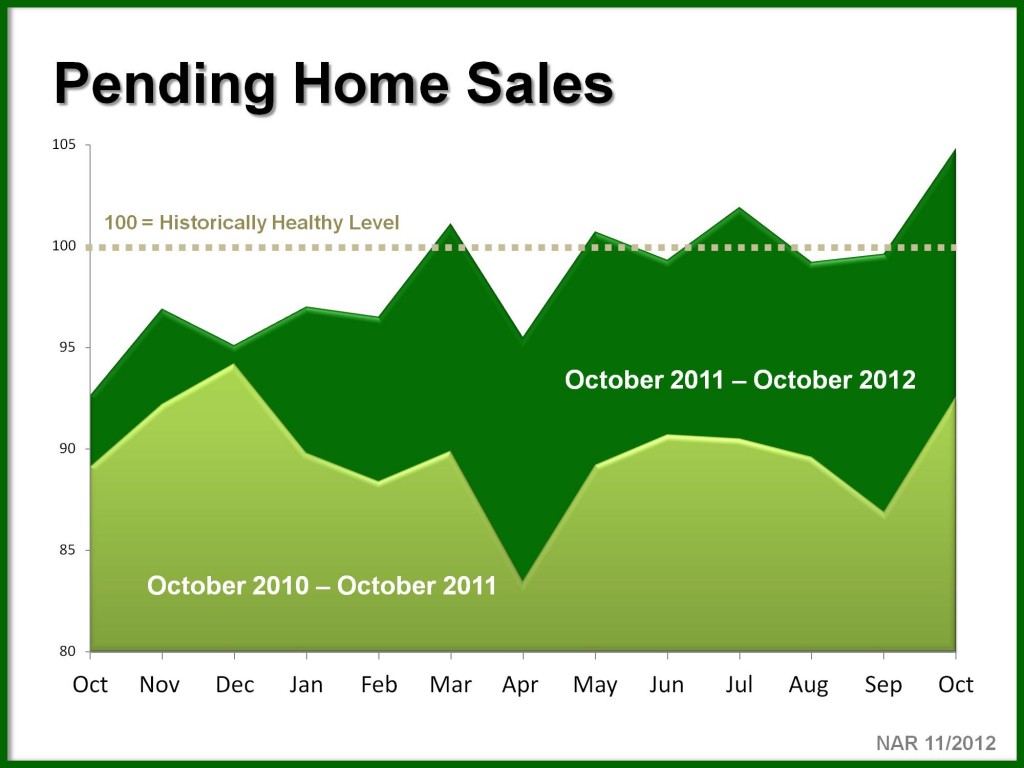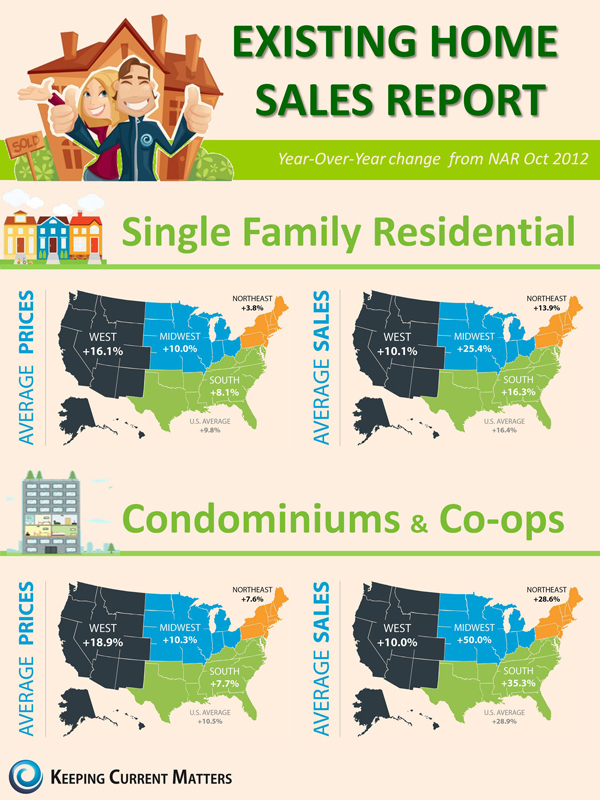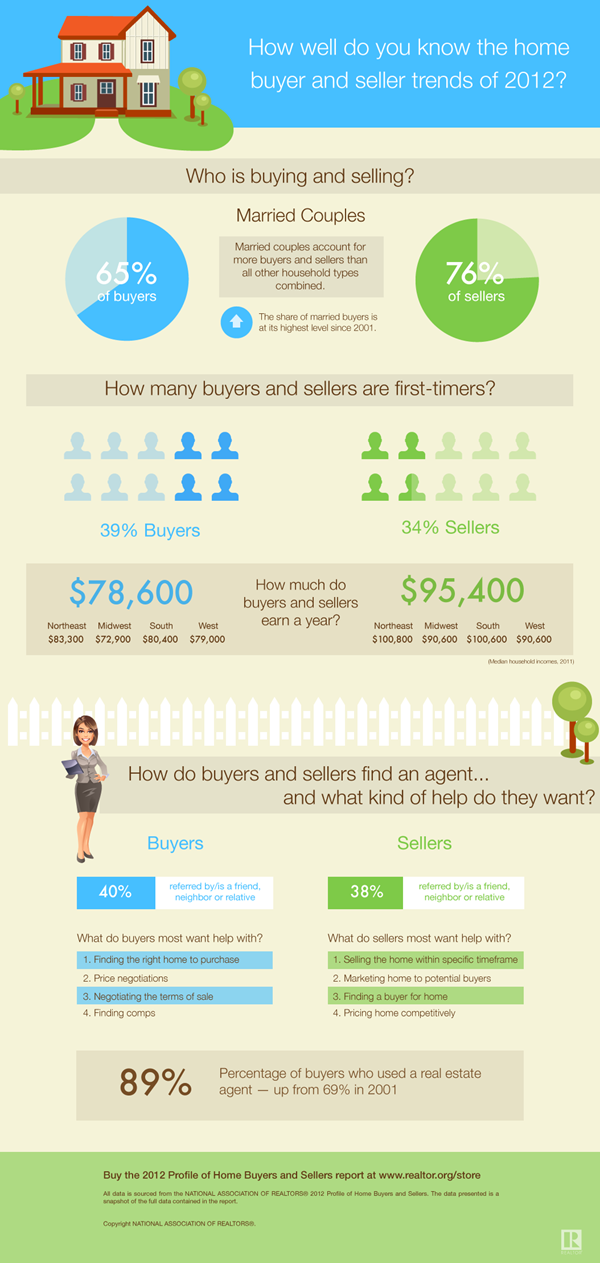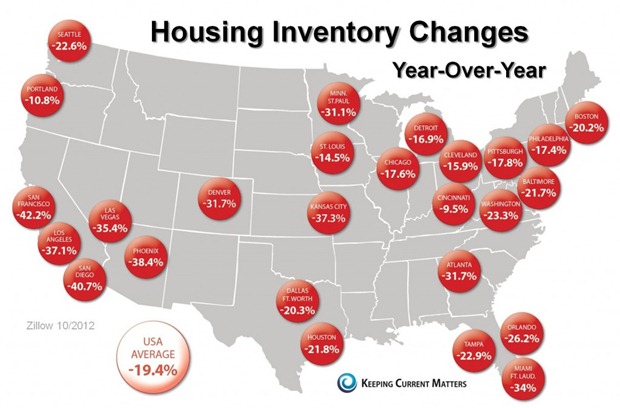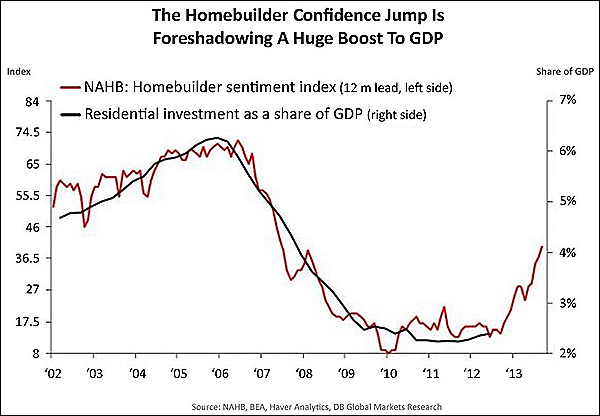 There are still those questioning whether the housing market is truly making a comeback. We have decided to graph home sales over the last two years based on the National Association of Realtor‘s Pending Home Sales Report. We believe the graph removes all doubt.
There are still those questioning whether the housing market is truly making a comeback. We have decided to graph home sales over the last two years based on the National Association of Realtor‘s Pending Home Sales Report. We believe the graph removes all doubt.
The methodology for the report as per NAR:
“The Pending Home Sales Index is a leading indicator for the housing sector, based on pending sales of existing homes. A sale is listed as pending when the contract has been signed but the transaction has not closed, though the sale usually is finalized within one or two months of signing.
The index is based on a large national sample, typically representing about 20 percent of transactions for existing-home sales. In developing the model for the index, it was demonstrated that the level of monthly sales-contract activity parallels the level of closed existing-home sales in the following two months.
An index of 100 is equal to the average level of contract activity during 2001, which was the first year to be examined as well as the first of five consecutive record years for existing-home sales; it coincides with a level that is historically healthy.”
source: by THE KCM CREW
